Disclaimer: This post contains affiliate links. If you click through and make a purchase, I may receive a small commission (at no additional cost to you). This helps support and run my blog. I only recommend products I personally use and love. Thank you for your support.
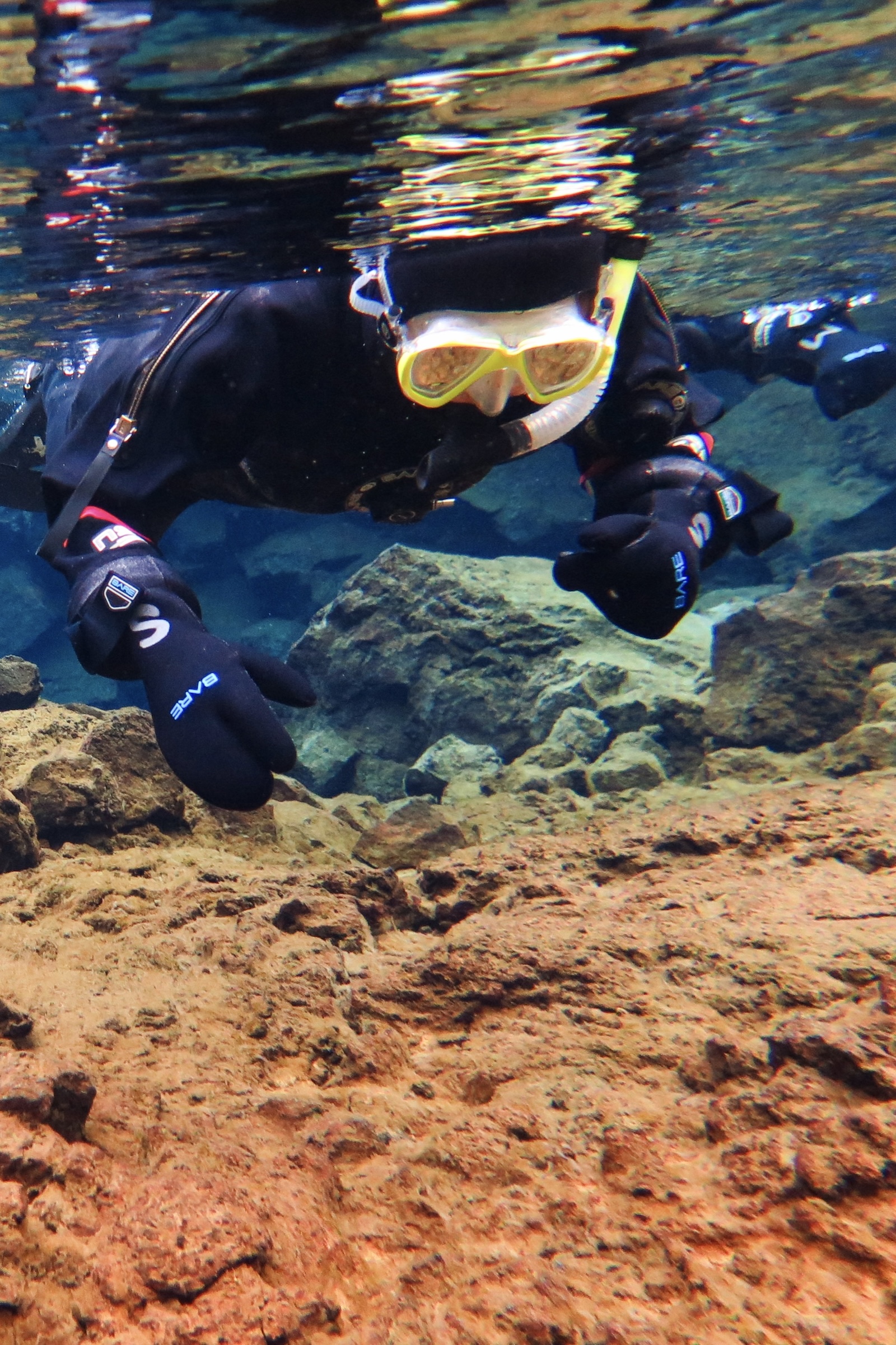
.
Dive into the mesmerizing underwater world of Iceland’s Silfra, nestled within the scenic Thingvellir National Park. Located just an hour from the capital city of Reykjavik, Silfra is a geological wonder—it’s the only place on Earth where swimming between two continental plates is possible and is home to the clearest water in the world. Renowned for its excellent visibility, snorkeling Silfra is an experience like no other. However, be prepared for the chill, as the water maintains a temperature of 2–4 °C (36–39 °F), which adds an exhilarating edge to the swim.
Continue reading to discover Silfra’s unique features, its fascinating geological history, and how to tour this bucket-list destination. Whether you’re a seasoned snorkeler or a first-time explorer, this guide will provide valuable insights and tips for an unforgettable journey beneath the surface of Silfra’s pristine waters
What is Silfra?
Silfra is a famous and unique geological formation located in Thingvellir National Park in Iceland. It is a fissure or crack between the North American and Eurasian tectonic plates, which are drifting apart at the rate of three centimeters per year. Eventually, tension builds between the two plates resulting in an earthquake about every ten years or so. The earthquakes cause cracks and fissures within Thingvellir Valley and Silfra is the deepest of those fissures.
The water in Silfra is glacial meltwater from the nearby Langjökull Glacier, making it extremely clear and providing excellent visibility. Silfra has become a popular destination for snorkeling and scuba diving enthusiasts who wish to explore the rock formations below the water’s surface.
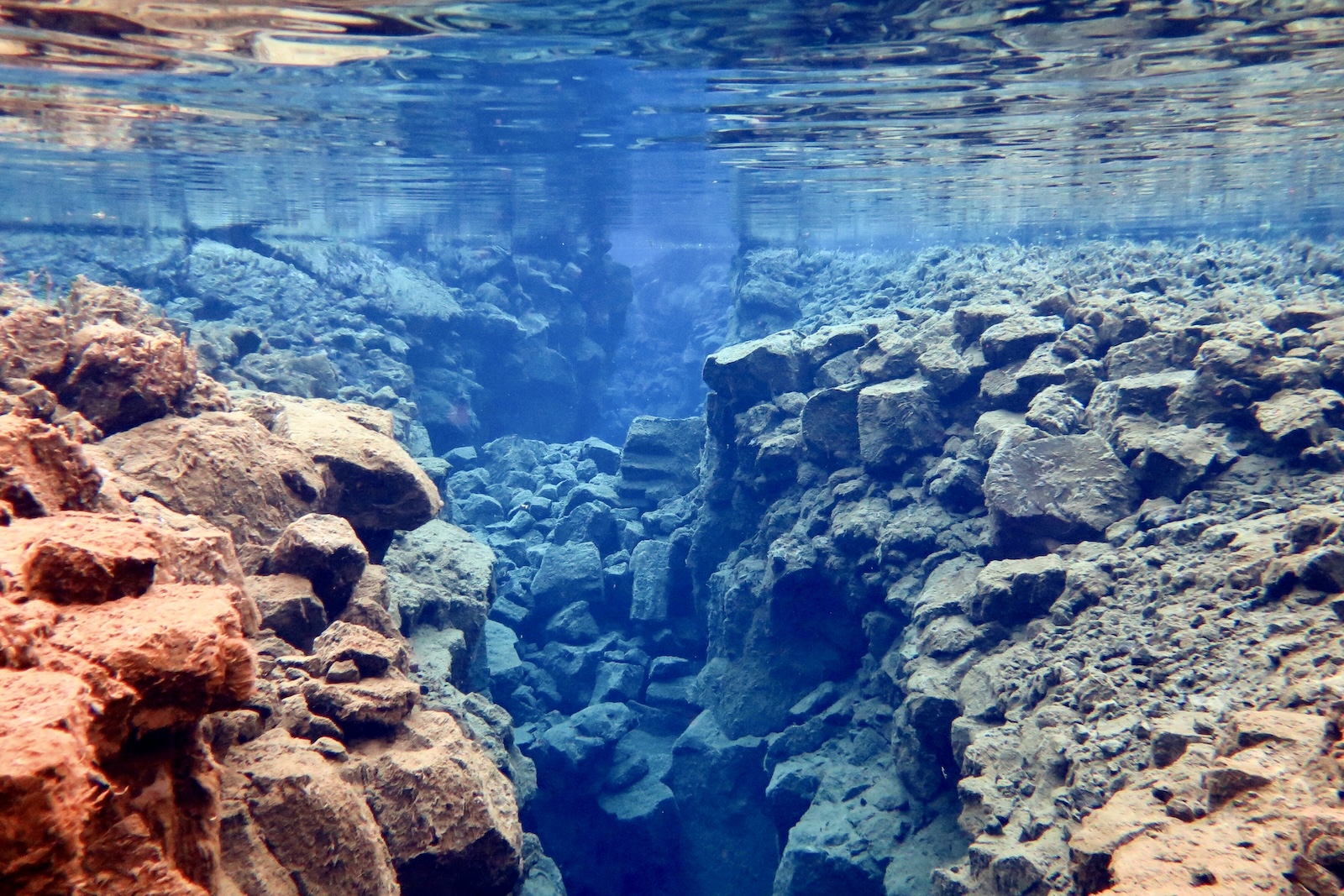
Why is Silfra so Clear?
The water at Silfra is exceptionally clear due to a combination of unique geological and environmental factors. Unlike popular dive sites worldwide, where visibility typically ranges from 10 m (33 ft) to 30 m (98 ft), Silfra defies expectations with visibility that extends beyond 100 m (328 ft). Here are the key reasons behind the remarkable clarity of Silfra’s waters:
Glacial Origin: Silfra is fed by glacial meltwater from the Langjökull Glacier, which is Iceland’s second-largest glacier. This meltwater is exceptionally pure and lacks the sediments and impurities found in water from other sources.
Natural Filtration: The water from the Langjökull Glacier undergoes a natural filtration process as it seeps through porous volcanic rock. This process takes several decades, ranging from 30 to 100 years, during which impurities are filtered out, contributing to the water’s pristine clarity.
Lack of Algae: The cold temperatures of Silfra’s water, which range from 2 to 4 degrees Celsius (36 to 39 degrees Fahrenheit), limit the growth of algae. Algae can contribute to reduced water clarity, but Silfra’s cold conditions help maintain its crystal-clear appearance.
Minimal Human Impact: The surrounding area of Silfra, within Thingvellir National Park, is relatively untouched by human activity. This minimizes the introduction of pollutants, contributing to the overall purity of the water.
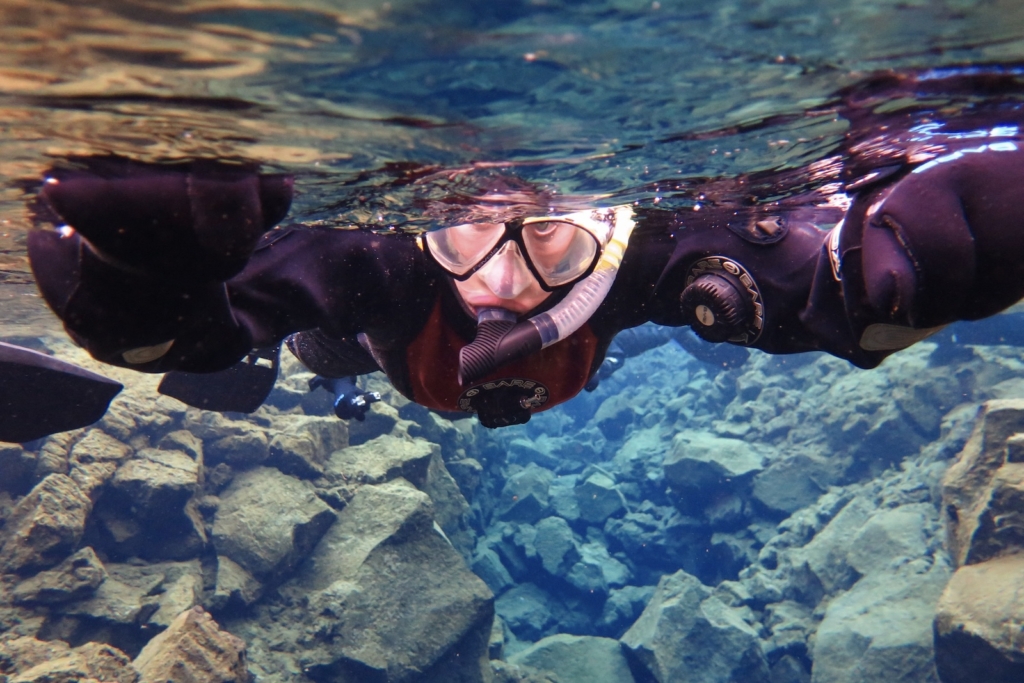
Snorkeling Silfra Tours
Snorkeling Silfra requires the accompaniment of a licensed dive organization. Thingvellir National Park is easily accessible from Reykjavik and many reputable guides operate out of the city. Many operators offer both diving and snorkeling tours. As a snorkeler, you’ll enjoy a very similar experience to that of the divers. Tours include an experienced PADI-certified guide, park entrance fee, all necessary equipment, a heated van for changing, complimentary photos, and hot cocoa.
Tours from Rejkavik include shuttle transport to the park which is about an hour’s drive from the city. Another option, for those road triping around the country, is to meet at a designated point within the park. I opted for a self-guided tour of Iceland and made Silfra the last stop before returning to Reykjavik. I spent an evening near Thingvellir National Park and it worked out perfectly. I highly recommend a tour with DIVE.IS if you wish to meet on location.
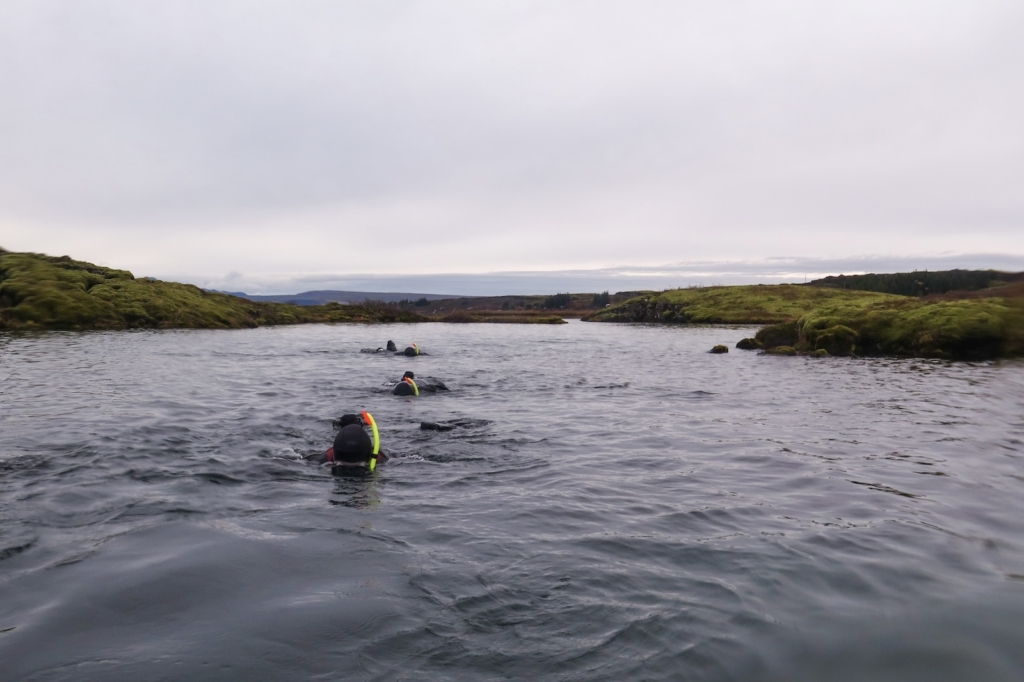
Best Time to Snorkel Silfra
There isn’t really a “best” time to snorkel Silfra. Snorkeling Silfra can be done anytime throughout the year. The water temperature in Silfra remains relatively constant throughout the year, ranging from 2 to 4 degrees Celsius (36 to 39 degrees Fahrenheit). It will be cold regardless of the season and exiting the water is when you will be your coldest, so it’s important to consider outside air temperature. Ultimately, the best time to visit Silfra depends on your personal preferences for weather, crowd levels, and the overall experience you seek.
Summer is going to have the warmest air temperatures, making the overall experience more comfortable. However, it is also the high season so you can expect to see more crowds and higher prices. The shoulder seasons of May through June and September through October are less crowded but will see colder air temperatures. I visited in October and although it was cold, it wasn’t unbearable. Silfra doesn’t freeze but I would strongly advise avoiding winter months. I can’t even imagine how cold it is.
It’s advisable to book your snorkeling Silfra tour in advance, especially during peak seasons to secure your preferred date and time.
Prepartaion for Snorkeling Silfra
The snorkeling Silfra tour begins with a brief overview of the morning’s activities. Given the near-freezing water temperatures of Silfra, a dry suit is essential. For those unfamiliar, a drysuit serves as a protective shell, safeguarding the wearer from low water temperatures, leaving out the head and hands. Distinct from wetsuits, drysuits prevent water from entering and the process of getting into one is much more involved.
Your guide will walk you through the process and will assist with closures to ensure the suit remains leakproof. The entire process, from start to finish, takes approximately 30 minutes. Everything must fit correctly to prevent leaks, so providing the tour company with your accurate height and weight in advance is important. Drysuits are far from glamorous and there’s a good chance this is the most ridiculous that you will ever look.
To combat the chill, it’s advisable to wear your warmest thermals as a base layer and don a pair of heavy socks. An additional insulation layer will be provided with your drysuit as well as mitts and a hood. The insulation layer is zipped over your thermals and works as an additional barrier. The only part of your body left exposed is parts of your face.
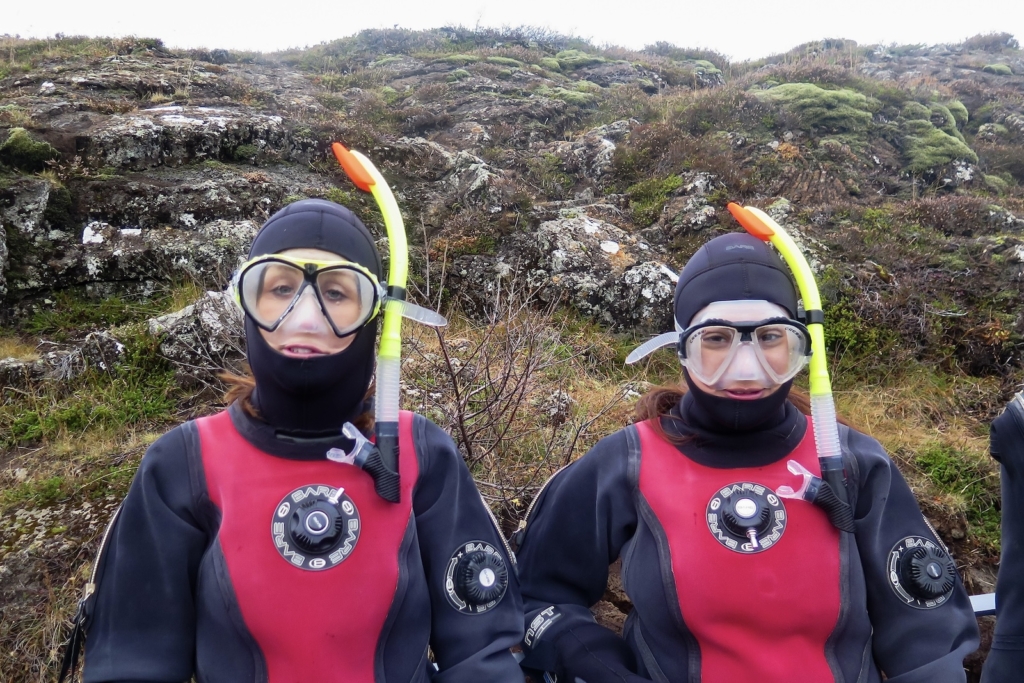
The Snorkeling Silfra Experience
Snorkeling Silfra is a thrilling experience. Initially, I felt some nervous anticipation of the cold. However, the only extreme chill I experienced was upon entering and exiting the water. Once in the water, you are easily distracted by the beauty around you. The crystal-clear, blue water is breathtaking.
Expect to be in the water for 30-40 minutes. Swimming in the cumbersome drysuit was less effortless than expected. It doesn’t weigh you down and helps you float. The current will gently push you along and guide you through the rocks. It’s normal for water to start slowly seeping into your mitts and the less you move your hands around, the better. Your hands, along with your exposed lips, will eventually go numb. This isn’t nearly as bad as it sounds but I do recommend bringing some hot hands or a warm pair of gloves to put on afterward.
Don’t expect to see any plant or animal life as you are snorkeling Silfra as it’s too cold for most species. You’ll swim through beautiful underwater valleys and see incredible rock formations. Most tour operators will take photos during your adventure so a camera isn’t necessary and I advise against bringing one. The mitts are very bulky and you’ll have a hard time holding a camera, let alone operating one. If you do want to bring something to record your adventure, I recommend a GoPro. The experience is wonderful and I absolutely recommend it!
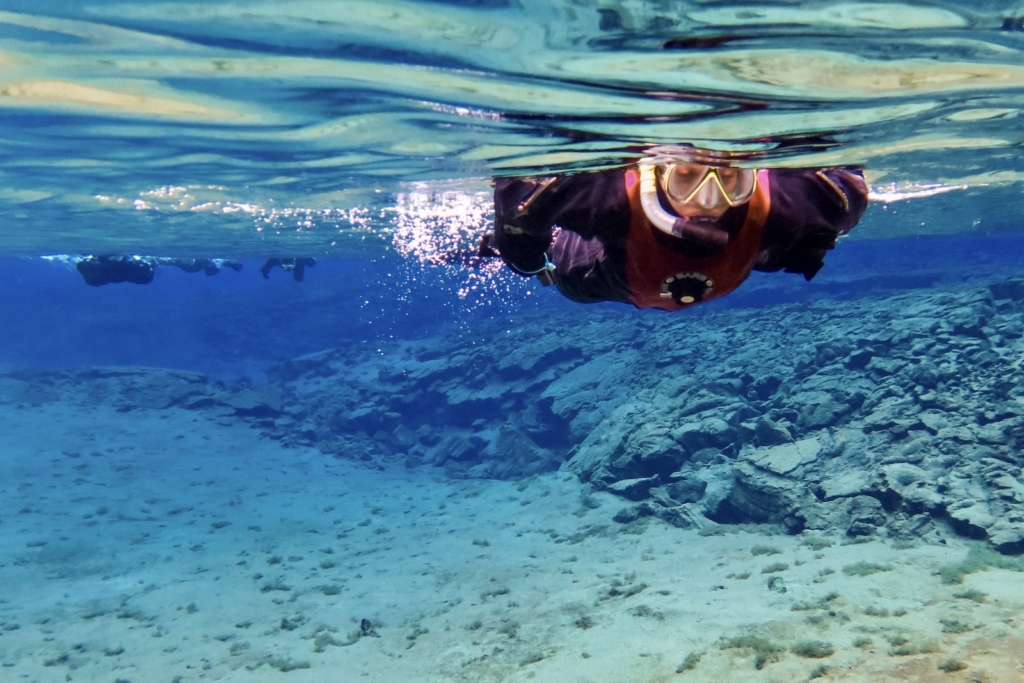
What to Bring When Snorkeling Silfra
- Thermals to wear underneath the drysuit
- Set of warm clothes to change into afterward
- Warm socks x2 (one for the water and one for after)
- Warm gloves or hot hands
- GoPro
- Towel
Where to Stay Near Silfra
Heradsskolinn Historic Guesthouse
Heradsskolinn Historic Guesthouse is an affordbale option near Thingvellir National Park. It’s located about 35 minutes from the snorkeling Silfra meet-up point. It’s close to the Golden Circle and is the perfect spot if you are making your way back to Reykjavik after a road trip. The guesthouse offers both private and dorm-like rooms.
Fosshotel Reykjavik
Fosshotel is a hotel chain throughout Iceland. The mid-range hotels are generally newer and have modern amenities. Fosshotel Reykjavik is a good option if you plan on using Reykjavik as a home base and taking utilizing the shuttle to Silfra.
Hotel Borg by Keahotels
Hotel Borg was Iceland’s first luxury hotel. The beautiful art-deco-style hotel is located near the city center of Reykjavik. It has numerous amenities and a restaurant run by an award-winning chef.
What do you think of snorkeling Silfra? Would you get in near-freezing water? If you’ve enjoyed this post, please leave a comment or share using the social media buttons below. Planning on using Reykjavik as a home base for your travels? Continue to my post, “6 Easy Day Trips from Reykjavik”.
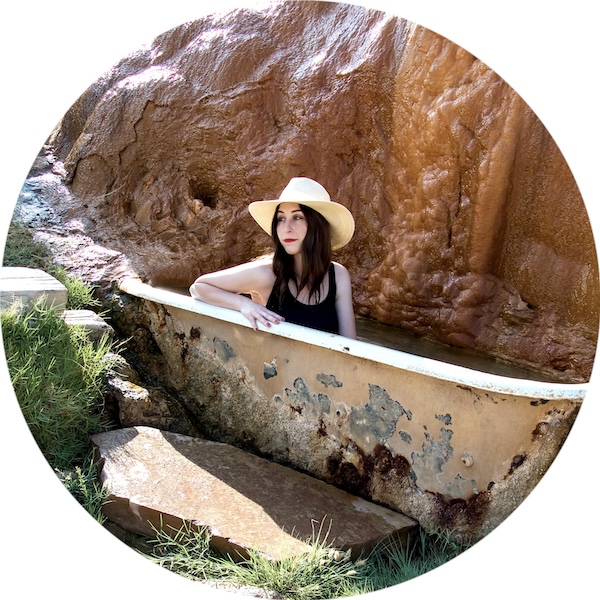
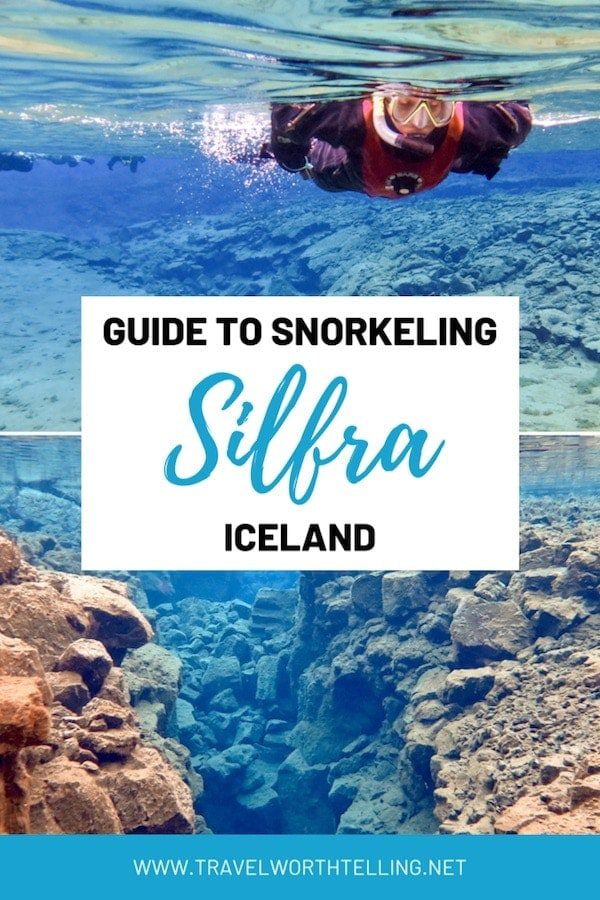
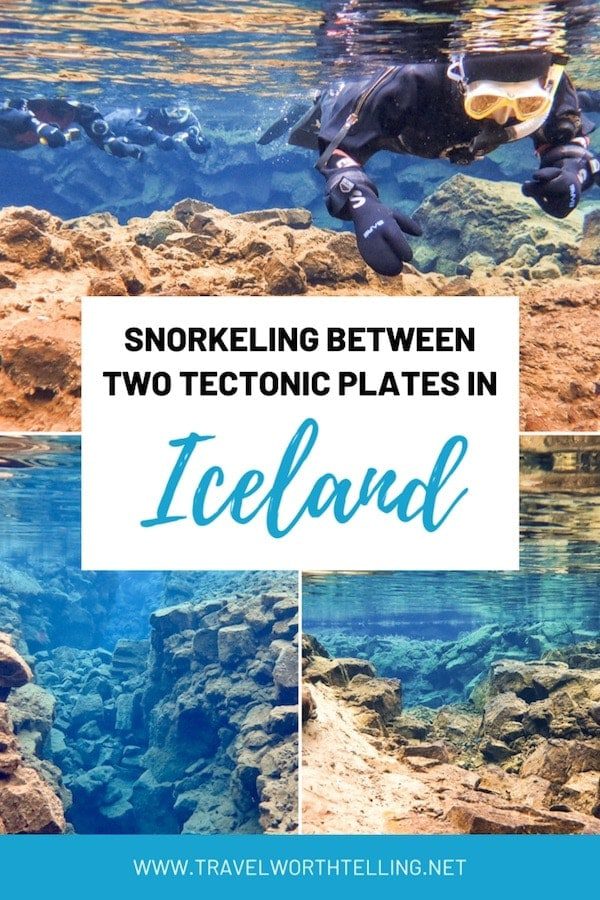
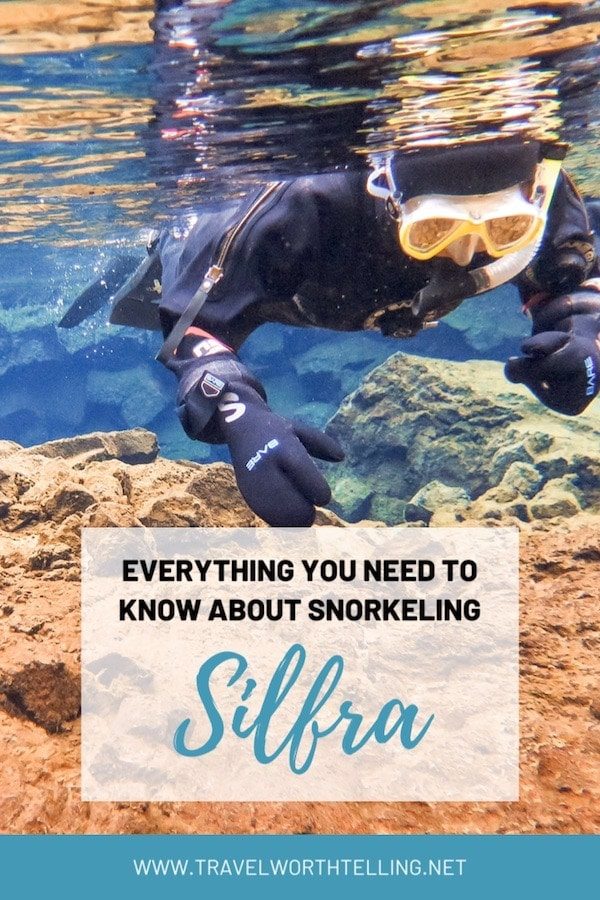

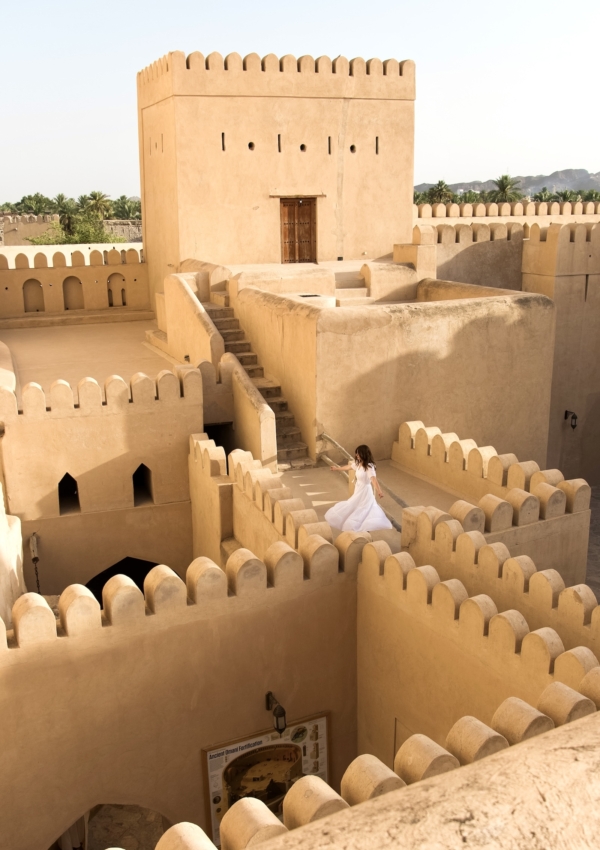
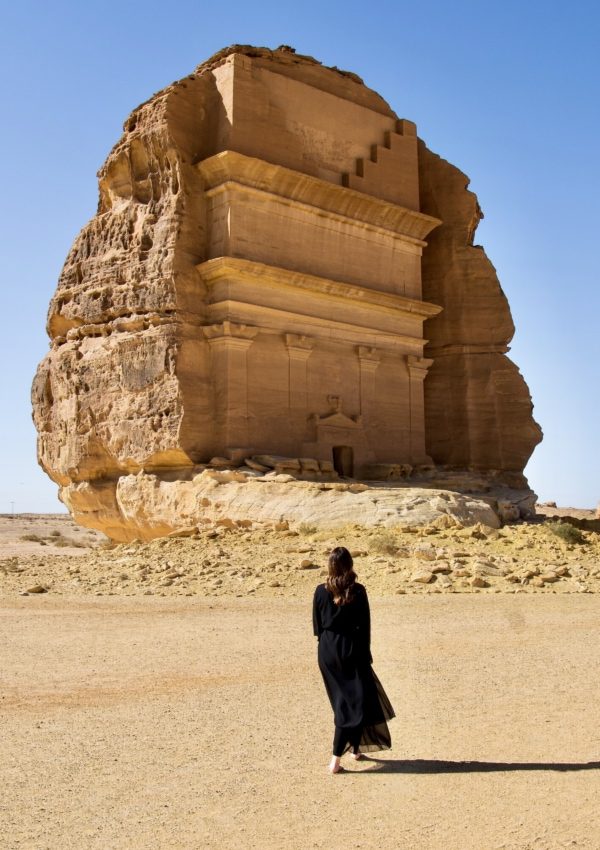
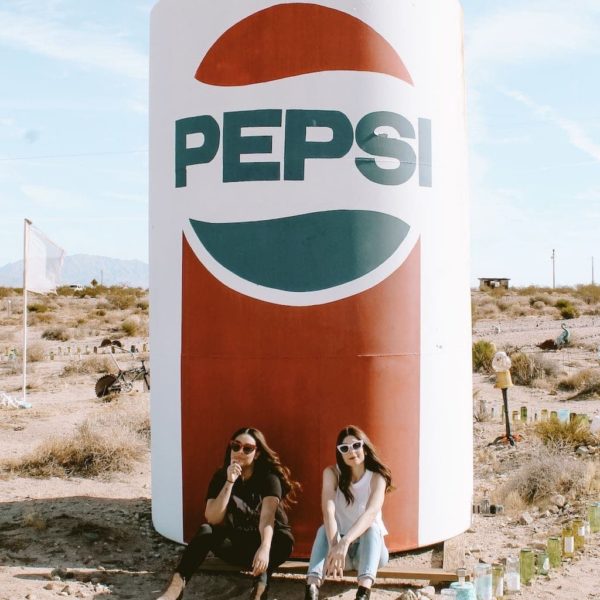
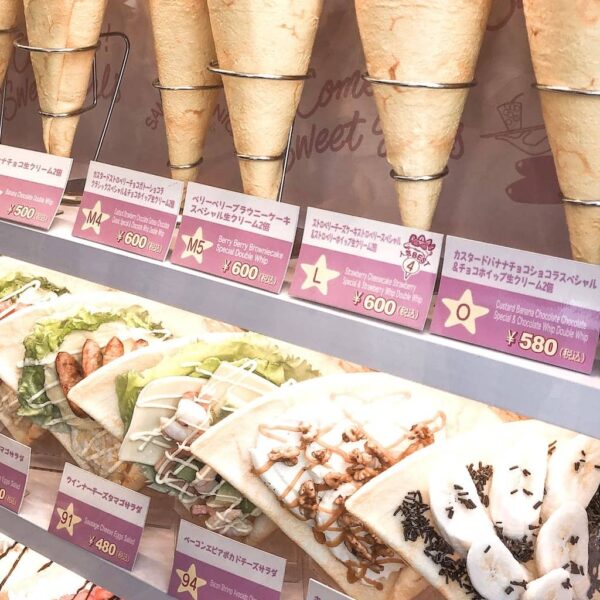
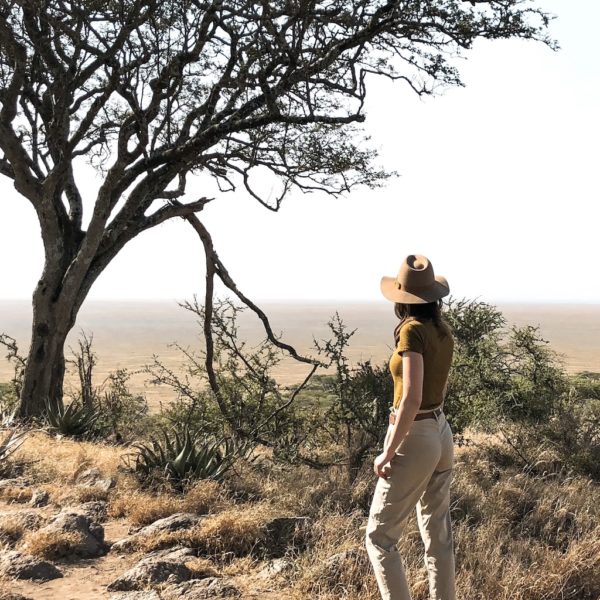
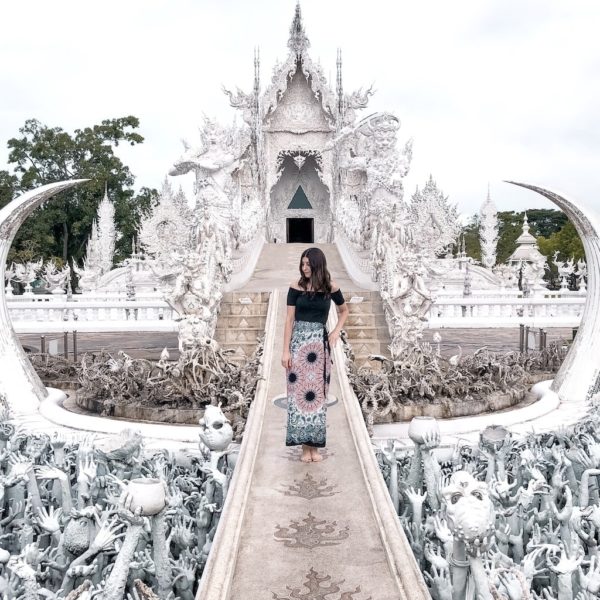
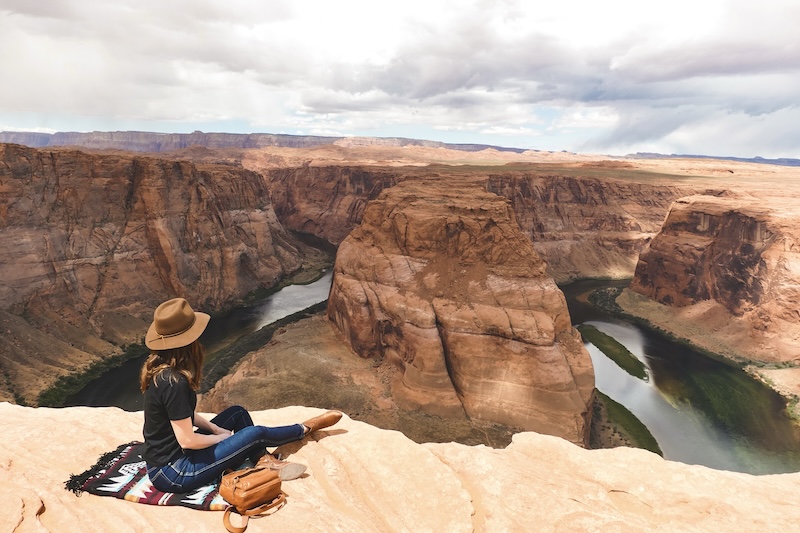
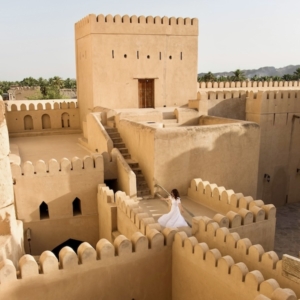
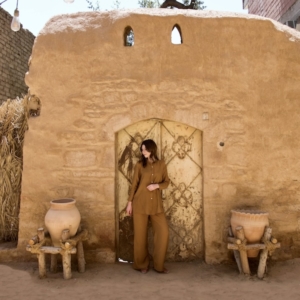
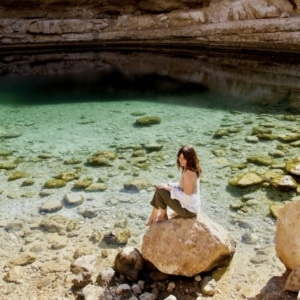
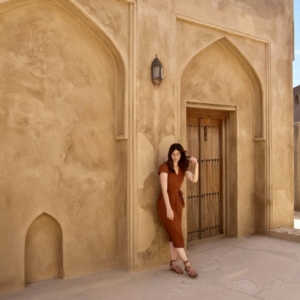


Oh wow! I’m a science nerd so this interests me soooo much. However I am not fond of the cold, so that may be an issue! What an awesome experience, thanks for sharing :) xk
Wow! This looks incredible. I didn’t even know this existed!
I tried to snorkel Silfra a year or so ago but I couldn’t do it! I felt suffocated inside the wet suit and freaked out as soon as I got in haha. I would try to do it again if I went back!